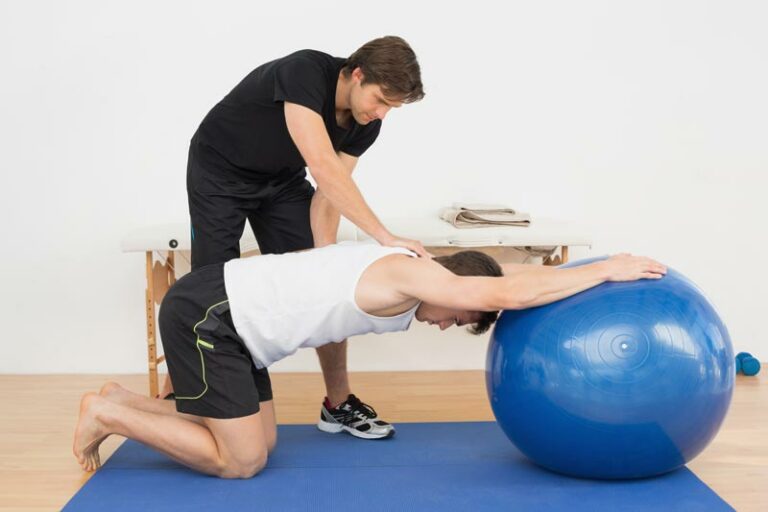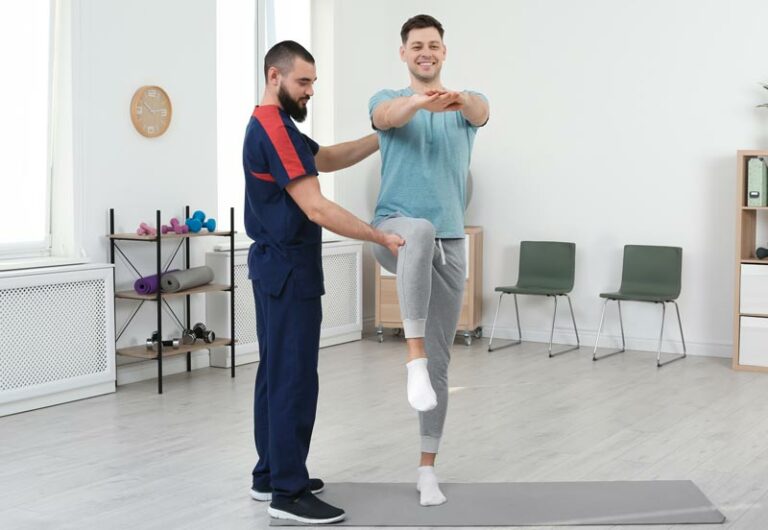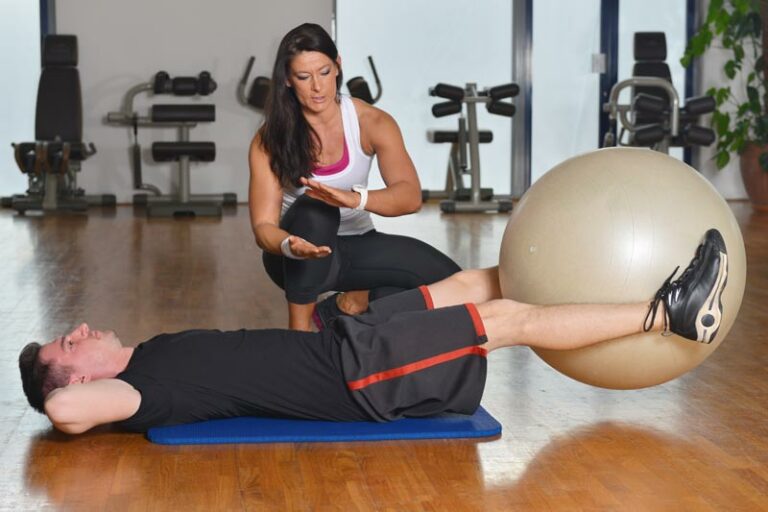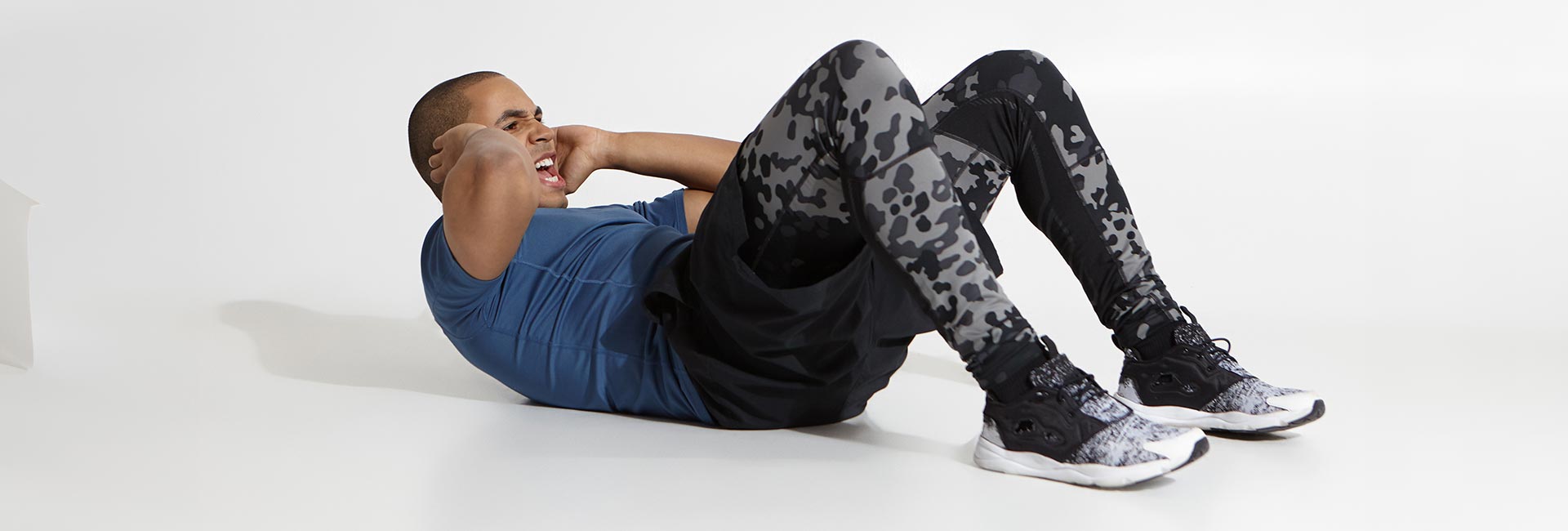Why would a sit-up or other workout produce testicular pain in men? With the beginning of a new year, many of us have set fitness goals, whether it is losing weight, building muscle, or increasing our cardiovascular endurance. With the onset of exercise, generally, we can expect some soreness to develop. We expect this soreness in our muscles, but for men, what does it mean when you develop testicular soreness or pain?
What is testicular pain?
Every year in the United States an estimated 100,000 men experience testicular pain, also known as orchialgia. This pain can be the symptom of many different pathologies and conditions and is the cause of up to 5 percent of urology visits annually. The pain can come on suddenly or can come on gradually and last for months. Whether sudden or chronic, it should be evaluated by your doctor and urologist to rule out major health conditions such as cancer.
Once severe pathologies are ruled out, what else could it be?
Unfortunately, for many men, testicular pain goes undiagnosed. A common, hard-to-diagnose possibility for this pain involves the nerves that supply the groin, testicles, and perineum. These nerves run along a complex pathway from the mid to low back, piercing through muscles and running along narrow canals. Disruption to the nerves along this pathway has been known to produce pain.
So, what disrupts these nerves? These disruptions can be due to tissue adhesions from scar tissue or fascia, compression to the nerve and even posture.
Scar Tissue
If you have had surgery to repair a hernia or other abdominal surgery, you will develop scar tissue as a normal part of healing. If this scar tissue is close to and adheres to the nerve it may produce pain or discomfort because the nerve cannot move freely as it once did.
Fascia
Fascia is a thin connective tissue layer that blankets over and between muscle fibers. Fascial abnormalities can develop, which can disrupt the nerve pathway, producing symptoms of pain or discomfort.
Compression/Posture
Your posture and muscle imbalances can affect how nerves move in your body. When the muscles in your abdomen and hips are not balanced, it can weaken the wall of a canal in your groin where a nerve called the ilioinguinal nerve passes through. This can cause bulging of abdominal structures into the canal, which can press on the nerves. If this gets worse, it can lead to a condition called an inguinal hernia.
How do nerves cause testicular pain?
The ilioinguinal nerve begins in the area of your back where your ribs end and your lower back begins. This nerve originates from nerve roots, which are labeled by the vertebrae where they come out.
For the ilioinguinal nerve, these roots are T12 and L1 (the 12th thoracic and 1st lumbar vertebrae). The genitofemoral nerve shares some of these roots, coming from L1 and L2 (the 1st and 2nd lumbar vertebrae). Both nerves travel through muscles on their way to the pelvis. Sometimes, they can become entrapped or develop adhesions to these muscles or the canals they pass through. This can prevent the nerve from gliding smoothly during activity, causing tension and pain.
These nerves provide sensation to the base of the penis and scrotum in men, and irritation from exercise or movement can worsen the pain. Activities like sit-ups, running, stretching, and soccer can exacerbate this pain as they involve muscles that these nerves pass through on their way to the pelvis.
Physical therapy for testicular pain relief
Physical therapy for testicular pain has been shown to help in many instances where the pain is not caused by cancer or other serious health conditions, especially in cases where the pain is brought on by sit-ups or other movement.
A physical therapist will assess the movement of your hips, pelvis, lower back, and mid-back joints. They’ll also identify weaknesses in core muscles, pelvic floor muscles, and hips.
Through massage and other various manual techniques, they work to restore joint mobility and relieve muscle tension. Additionally, they’ll focus on improving posture and teaching proper core engagement. By addressing tight, guarded, or weak muscles and tissues in the mid and lower back, they aim to alleviate pressure on nerves.

For a more detailed examination of pelvic floor muscles and any potential issues within the inguinal canal where the ilioinguinal nerve runs, a specialized pelvic health physical therapist may be consulted.

Despite often being overlooked by physicians who may not be aware of how PT can help, for individuals experiencing acute or chronic testicular pain, it’s essential to consider physical therapy as a viable treatment option.
If you or someone you know is grappling with testicular discomfort, particularly during specific movements, begin by consulting a physician or urologist to rule out serious pathology.
Subsequently, inquire about or seek out physical therapy tailored to address pelvic health or men’s health concerns. Remember, finding a physical therapist well-versed in these areas can significantly enhance the effectiveness of treatment.

Men's health PT
Through education, manual therapy, biofeedback and exercise, our goal is to improve your function, decrease your pain, and guide you on your path to improved health and wellness.
References:
Newman, D., Tinkham, N. H., Sterbis, J. R., & Soto, A. T. (2021). Successful Resolution of Chronic Testicular Pain with an Impairment-Based Treatment Program: a Case Study with One-Year Follow-Up. Cureus. https://doi.org/10.7759/cureus.13850
Planken, E., Zalm, P. J. V. D., Nijeholt, A. L. À., & Elzevier, H. W. (2010). Chronic testicular pain as a symptom of pelvic floor dysfunction. The Journal of Urology, 183(1), 177–181. https://doi.org/10.1016/j.juro.2009.08.147
Gerhardt, M. B., Christiansen, J., Sherman, B., Miranda, A., Hutchinson, W. B., & Chahla, J. (2020). Outcomes following surgical management of inguinal-related groin pain in athletes: a case series. Journal of Hip Preservation Surgery, 7(1), 103–108. https://doi.org/10.1093/jhps/hnz068
Quallich, S. A., & Arslanian‐Engoren, C. (2013). Chronic testicular pain in adult men. American Journal of Men’s Health, 7(5), 402–413. https://doi.org/10.1177/1557988313476732
Reinpold, W. (2017). Risk factors of chronic pain after inguinal hernia repair: a systematic review. Innovative Surgical Science, 2(2), 61–68. https://doi.org/10.1515/iss-2017-0017

